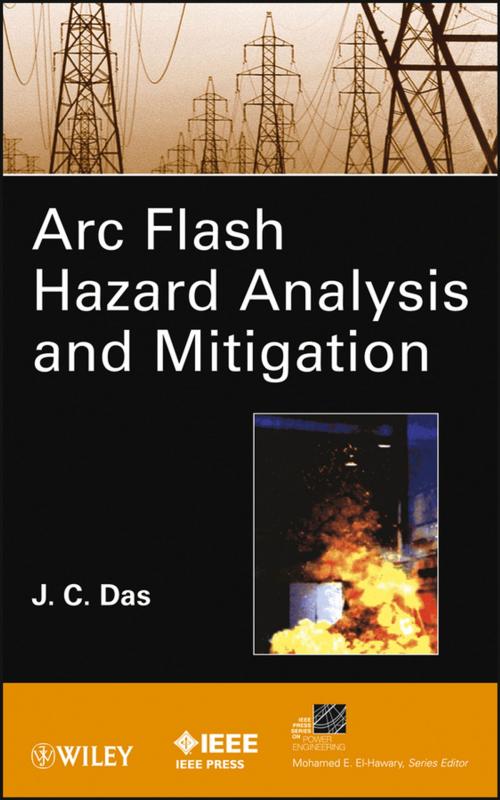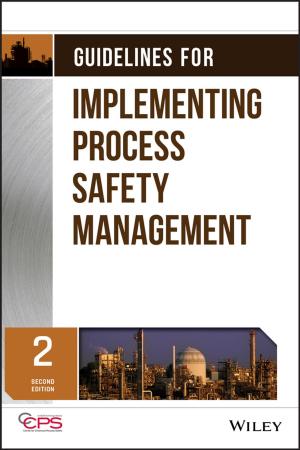| Author: | J. C. Das | ISBN: | 9781118402481 |
| Publisher: | Wiley | Publication: | August 15, 2012 |
| Imprint: | Wiley-IEEE Press | Language: | English |
| Author: | J. C. Das |
| ISBN: | 9781118402481 |
| Publisher: | Wiley |
| Publication: | August 15, 2012 |
| Imprint: | Wiley-IEEE Press |
| Language: | English |
Up-to-date analysis methodologies and practical mitigation for a major electrical safety concern
Arc Flash Hazard Analysis and Mitigation is the first book to focus specifically on arc flash hazards and provide the latest methodologies for its analysis as well as practical mitigation techniques.
Consisting of sixteen chapters, this fully up-to-date handbook covers all aspects of arc flash hazard calculations and mitigation. It addresses the calculations of short circuits, protective relaying, and varied electrical systems configurations in electrical power systems. It also examines protection systems, including differential relays, arc flash sensing relays, protective relaying coordination, current transformer operation and saturation, and applications to major electrical equipment from the arc flash point of view. Current technologies and strategies for arc flash mitigation are explored. Using the methodology, analysis, and preventive measures discussed in the book, the arc flash hazard incident energy can be reduced to 8 cal/cm2 or less for the new and existing electrical distribution systems.
This powerful resource:
- Features the most up-to-date arc flash analysis methodologies
- Presents arc flash hazard calculations in dc systems
- Supplies practical examples and case studies
- Provides end-of-chapter reviews and questions
- Includes a Foreword written by Lanny Floyd, a world-renowned leader in electrical safety who is DuPont's Principal Consultant on Electrical Safety and Technology
Arc Flash Hazard Analysis and Mitigation is a must-have guide for electrical engineers engaged in design, operation, and maintenance, consulting engineers, facility managers, and safety professionals.
Up-to-date analysis methodologies and practical mitigation for a major electrical safety concern
Arc Flash Hazard Analysis and Mitigation is the first book to focus specifically on arc flash hazards and provide the latest methodologies for its analysis as well as practical mitigation techniques.
Consisting of sixteen chapters, this fully up-to-date handbook covers all aspects of arc flash hazard calculations and mitigation. It addresses the calculations of short circuits, protective relaying, and varied electrical systems configurations in electrical power systems. It also examines protection systems, including differential relays, arc flash sensing relays, protective relaying coordination, current transformer operation and saturation, and applications to major electrical equipment from the arc flash point of view. Current technologies and strategies for arc flash mitigation are explored. Using the methodology, analysis, and preventive measures discussed in the book, the arc flash hazard incident energy can be reduced to 8 cal/cm2 or less for the new and existing electrical distribution systems.
This powerful resource:
- Features the most up-to-date arc flash analysis methodologies
- Presents arc flash hazard calculations in dc systems
- Supplies practical examples and case studies
- Provides end-of-chapter reviews and questions
- Includes a Foreword written by Lanny Floyd, a world-renowned leader in electrical safety who is DuPont's Principal Consultant on Electrical Safety and Technology
Arc Flash Hazard Analysis and Mitigation is a must-have guide for electrical engineers engaged in design, operation, and maintenance, consulting engineers, facility managers, and safety professionals.















